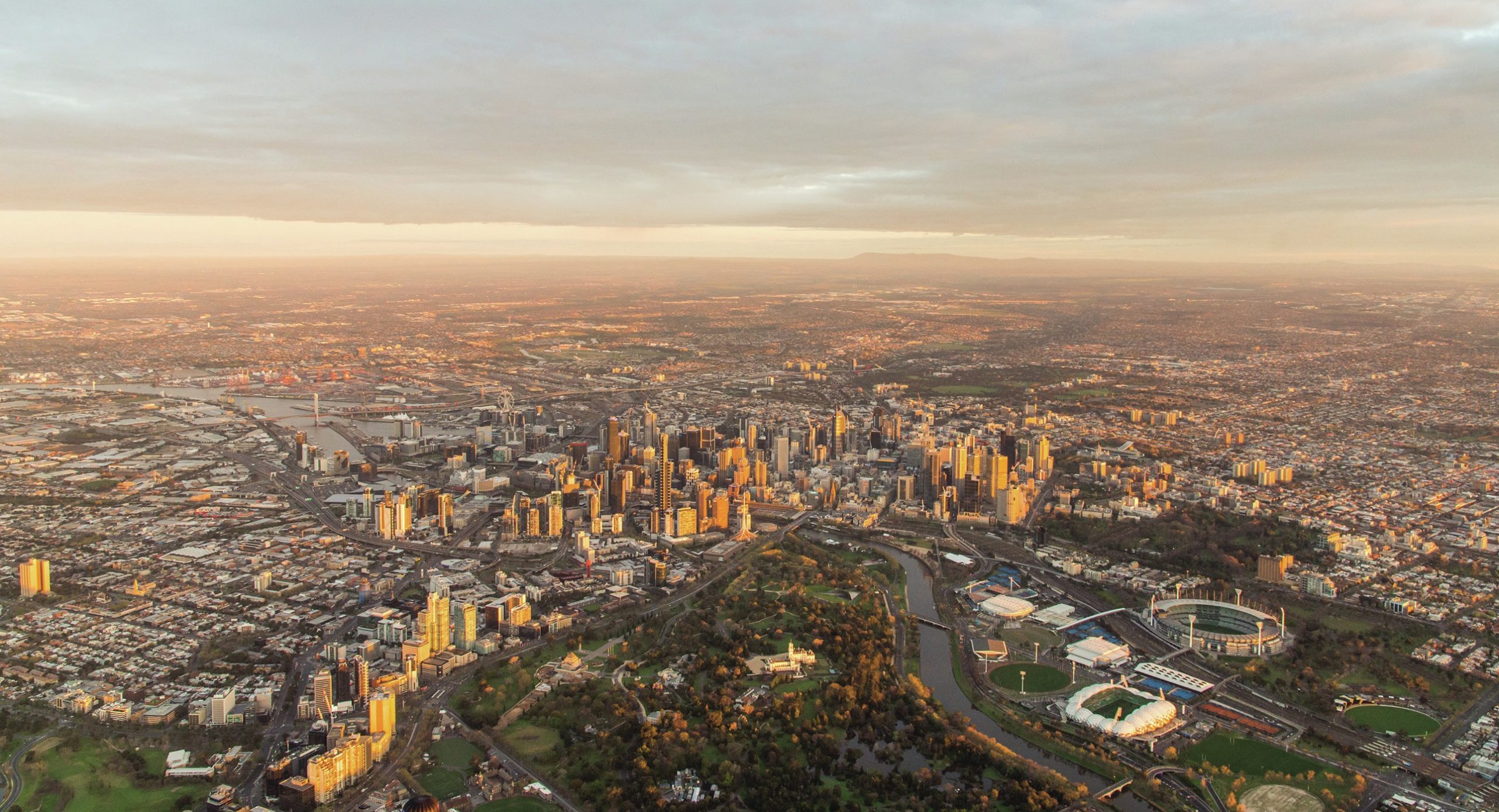
Australia has often been described as a nation of city dwellers. Today, two in every three Australians live in their state or territorial capital city (see Figure 1). Last year, capital-city growth accounted for 80% of Australia’s population growth.
In the past these cities have generated considerable wealth and provided a high standard of living for many of their inhabitants. With the exception of the national capital Canberra, the sites of the capital cities were the focus points of early European settlement. Administration of the new colonies was directed from these ports. The expansion of trade and port-based manufacturing in the second half of the nineteenth century, together with the construction of rail networks centred on the capital cities, reinforced their primacy within each state.
Your organisation does not have access to this article.
Sign up today to give your students the edge they need to achieve their best grades with subject expertise
Subscribe




